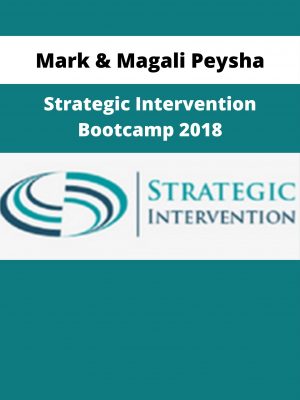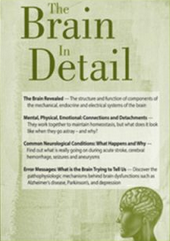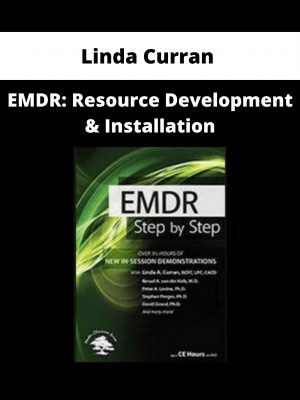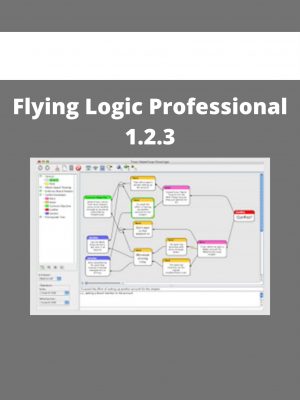-
×
Jon Mac – The Millionaire Challenge 1 × $51
-
×
Jon Mac – MIAMI LIVE Event Replays 1 × $140
-
×
Jon Mac – Product Launch Method 1 × $54
-
×
Optionetics – ITT Coaching – Mike Wade – Class 2 1 × $179
-
×
Jon Mac – Millionaire Challenge NYC Replays 1 × $121
-
×
Jon Mac – Millionaire Challenge LIVE Replay & Legacy Collection 1 × $87
-
×
Eric Wong – Hip Flexibility Solution 1 × $17
-
×
Mark & Magali Peysha – Strategic Intervention Bootcamp 2018 1 × $136
-
×
Jon Mac – NYC Replays 2018 1 × $135
-
×
Arash Dibazar – Diamond Mind – October 2016 1 × $27
Subtotal: $947

 Jon Mac – The Millionaire Challenge
Jon Mac – The Millionaire Challenge  Jon Mac – MIAMI LIVE Event Replays
Jon Mac – MIAMI LIVE Event Replays  Jon Mac – Product Launch Method
Jon Mac – Product Launch Method  Optionetics – ITT Coaching – Mike Wade – Class 2
Optionetics – ITT Coaching – Mike Wade – Class 2  Jon Mac – Millionaire Challenge NYC Replays
Jon Mac – Millionaire Challenge NYC Replays  Jon Mac – Millionaire Challenge LIVE Replay & Legacy Collection
Jon Mac – Millionaire Challenge LIVE Replay & Legacy Collection  Eric Wong – Hip Flexibility Solution
Eric Wong – Hip Flexibility Solution  Mark & Magali Peysha – Strategic Intervention Bootcamp 2018
Mark & Magali Peysha – Strategic Intervention Bootcamp 2018  Jon Mac – NYC Replays 2018
Jon Mac – NYC Replays 2018  Arash Dibazar – Diamond Mind – October 2016
Arash Dibazar – Diamond Mind – October 2016 





![Iawake Technologies – Beginner’s Mind (neuroflow Series) [6 Webrips – Wav User Manual – Pdf]](https://copicourse.com/wp-content/uploads/2021/08/iawake-technologies-beginners-mind-neuroflow-series-6-webrips-wav-user-manual-pdf-300x400.jpg)




